In the corporate world, document verification is a crucial process that helps businesses to ensure the integrity and authenticity of essential documents. Whether it’s a financial statement, contract or legal document, companies should verify the authenticity of the information. Because it’s crucial to earn the business partner’s and client’s confidence while maintaining trust.
Moreover, document verification is especially crucial for businesses that are usually engaged in high-value transactions such as banks and cryptocurrency enterprises. These entities should ascertain with absolute certainty the individual identity with whom they can do business when reviewing and verifying new account applications.
Table of Contents
What is Document Verification?
Document verification refers to the procedure of analyzing a customer’s identity by showing multiple validity checks on the identity papers provided by the customer. Moreover, financial institutions can benefit by using AI-powered document verification services, detecting and mitigating the risk of identity theft.
The document verification system can also recognize even minor fabrications or alterations in a single image of an ID, micro prints, holograms and fonts. Not only this but personal data presented in the documents such as a name and address, can be cross-checked against third-party data sources. Clients easily verify their identity by uploading photographs of their identification documents from their mobile devices or personal computers such as ID cards.
It’s specifically essential for businesses that sell age-restricted products and services such as car rental firms and wine retailers.
Why is Document Verification Crucial?
When conducting business with others, it’s necessary to ensure that the information contained in the documents exchanges is trustworthy and accurate. Fraudulent and inaccurate information leads to extreme legal disputes, financial losses, and can cause damage to the reputation of the business.
Document verification is a crucial process to ensure that documents received from business partners have not been forged or altered and are authentic.
Document Verification Methods
There exist different techniques that commercial enterprises may utilise to authenticate the genuineness of documents. Each technique possesses its own set of pros and cons, which benefits businesses to choose the most appropriate method for their requirements.
1. Physical Verification
It’s one of the conventional methods of document verification, involving physically reviewing the document to ensure that it meets the desired standards. For instance, if a company receives a contract from a business partner, it can physically check the document’s signature to ensure that they are accurate.
Physical verification is an efficient method but it’s time-intensive and challenging as it’s not for large documents with complicated structures.
2. Digital Verification
Digital verification involves using advanced technology to verify the document’s authenticity. There are various methods of digital verifications, including:
Watermarks
It’s a type of digital image that is overlaid onto a document, used to indicate the authenticity of the document. It protects documents from being copied or altered.
QR Codes
QR codes are a type of two-dimensional barcode that can be quickly scanned by using a smartphone. Moreover, they can also be used to verify the authenticity of documents.
Digital Signatures
It’s a secure way of verifying the authenticity of the document. They use encryption technology to ensure that the signature can’t be tampered with or forged.
3. Third-Party Verifications
Third-party verifications involve using an independent party to verify the authenticity of the document. For instance, the company may use a legal expert to verify the authenticity of a document or an accounting expert to verify the accuracy of financial statements. This method is reliable, but costly and time-intensive.
Best Practices for Document Verification
When conducting document verification, it’s imperative that businesses adhere to a set of established best practices. Such practices comprise, but are not limited to:
1. Established a Verification Process
Businesses should establish a formal verification procedure that outlines the steps that should be taken to verify the authenticity of a document. This process should be clearly communicated and documented to all relevant parties, including business partners, customers, and employees.
2. Use Multiple Verification Methods
To ensure the dependability and veracity of the KYC verification process, it’s recommended that companies employ multiple verification techniques. For example, in the case of receiving a legal document, the utilisation of both digital and physical verification methods can guarantee its authenticity.
3. Maintain Accurate Records
In the realm of business operations, maintaining accurate records of verified documents is a crucial task that can’t be overlooked. This procedure entails the diligent recording of important information such as the date of verification method and the parties involved.
The Bottomline
Finally, document verification is a crucial procedure that companies should implement, to ensure the credibility and authenticity of important documents. This procedure helps to maintain trust among business customers and partners, specifically in high-value transactions.
































































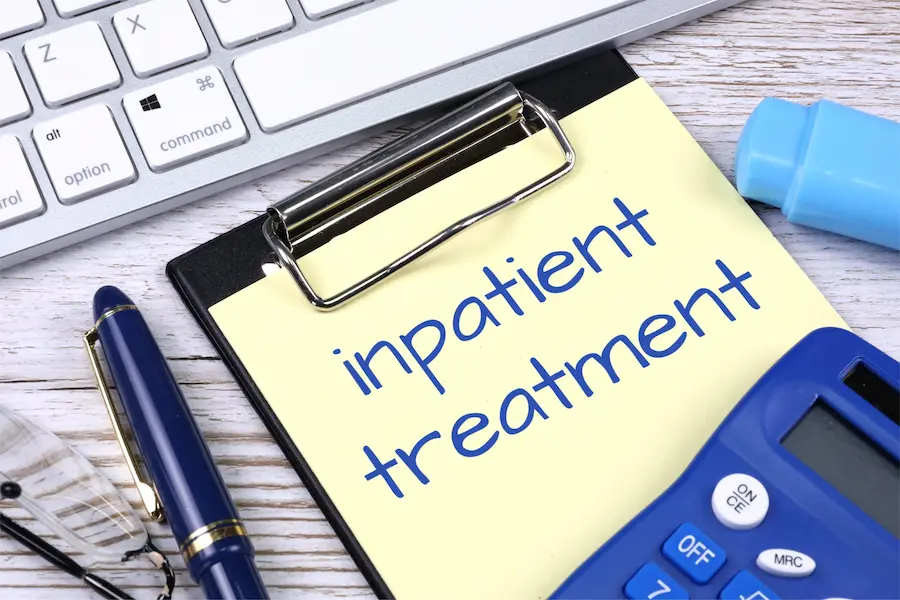



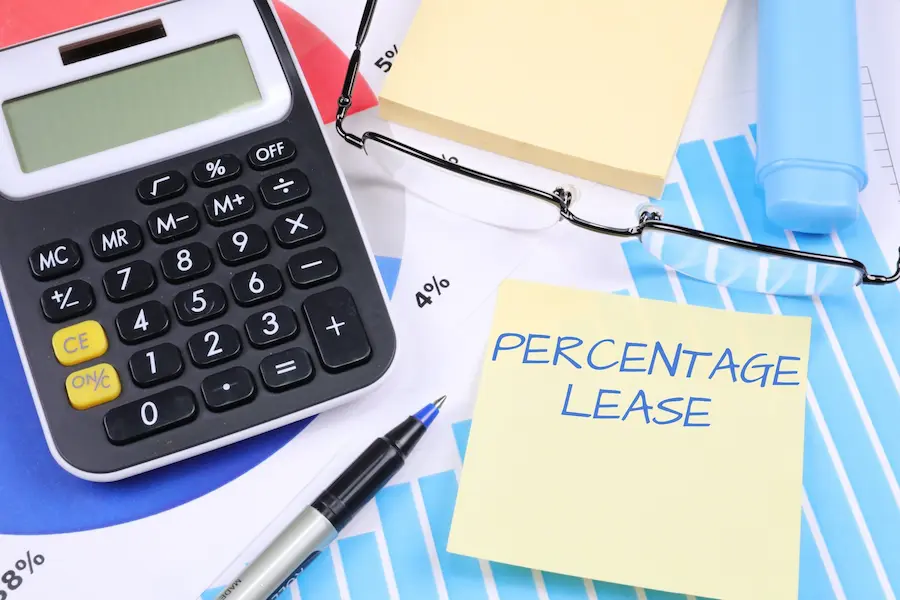




























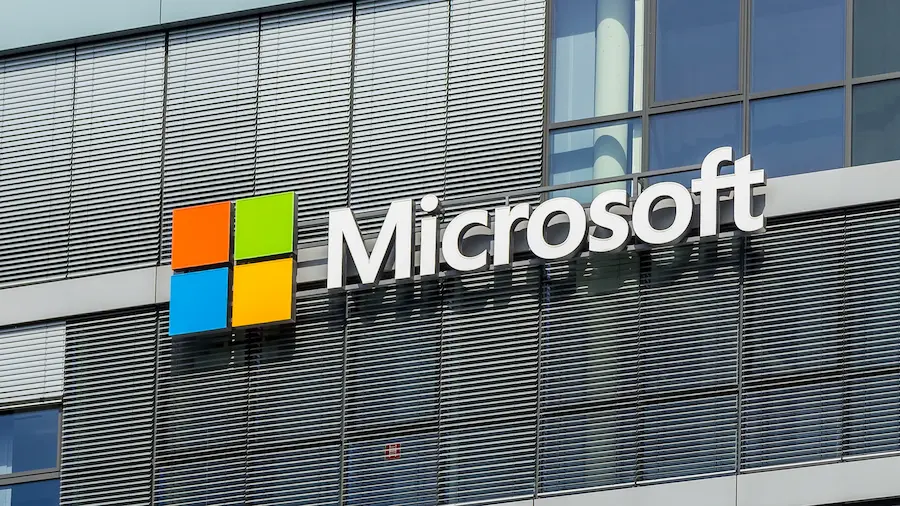










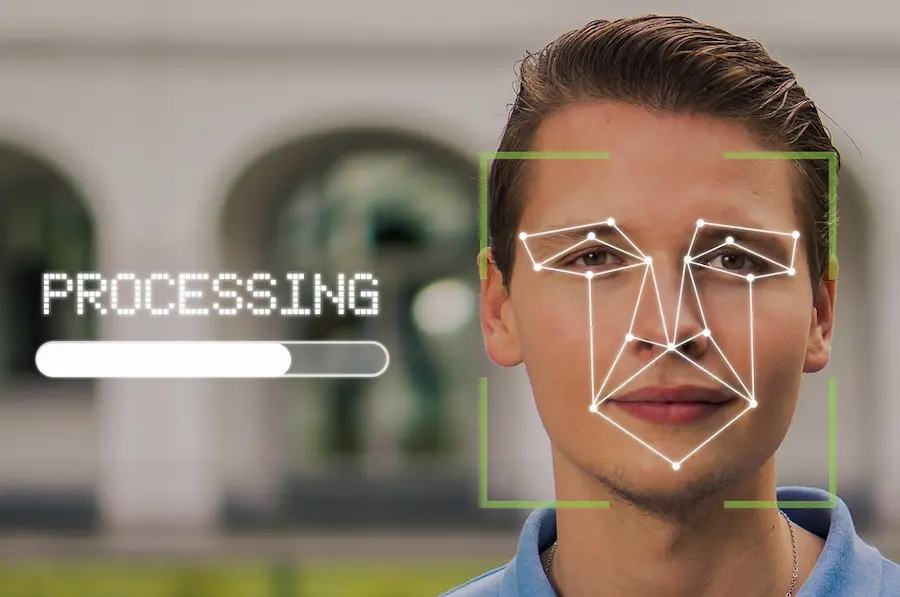



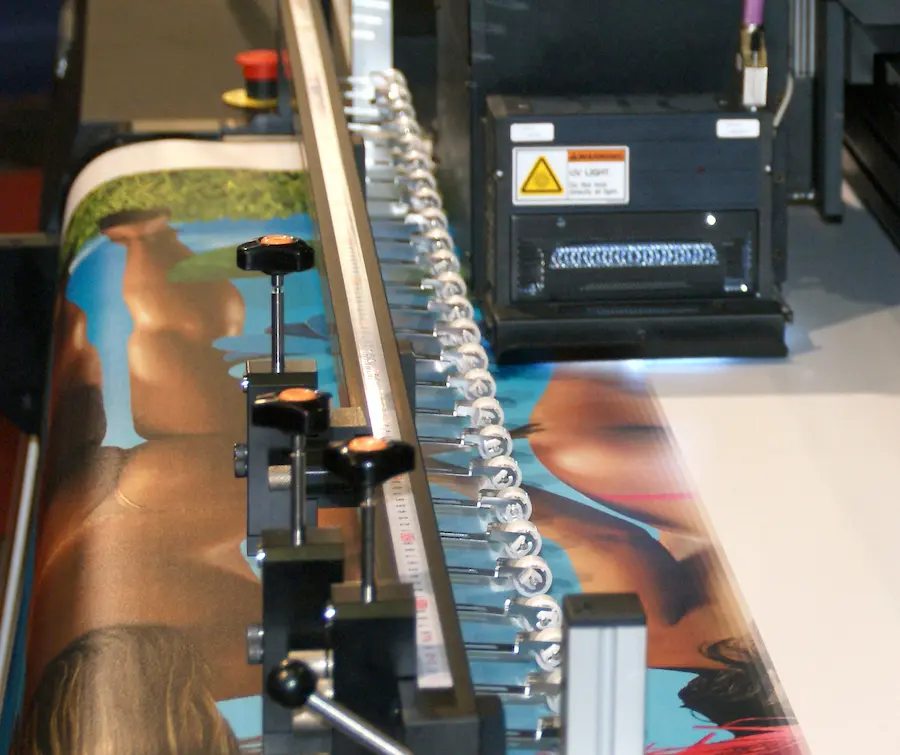























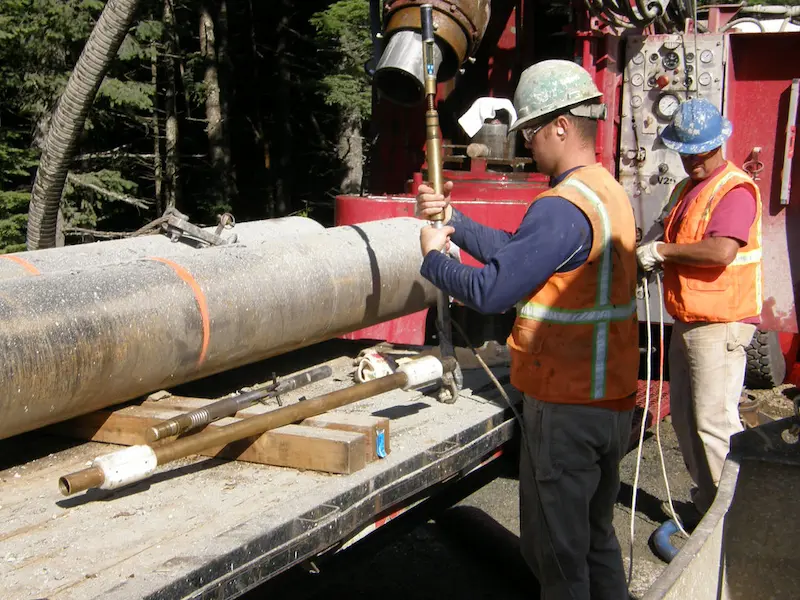











































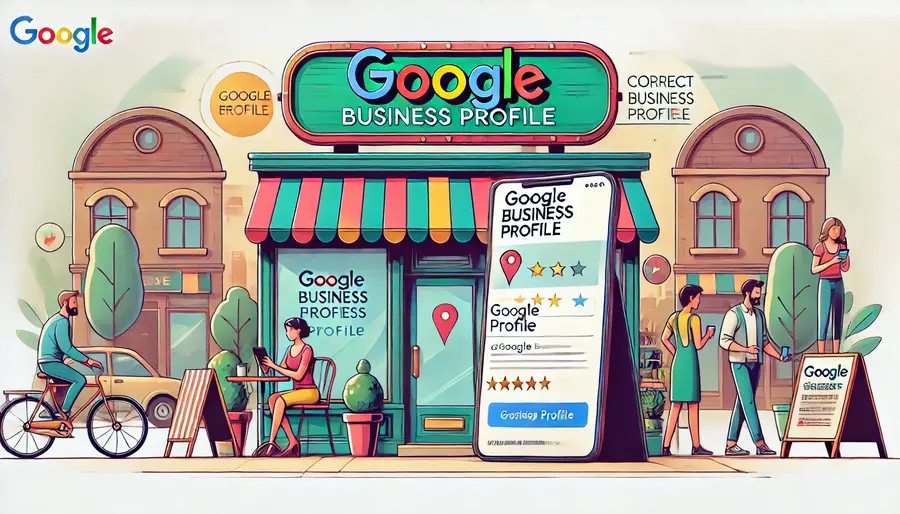




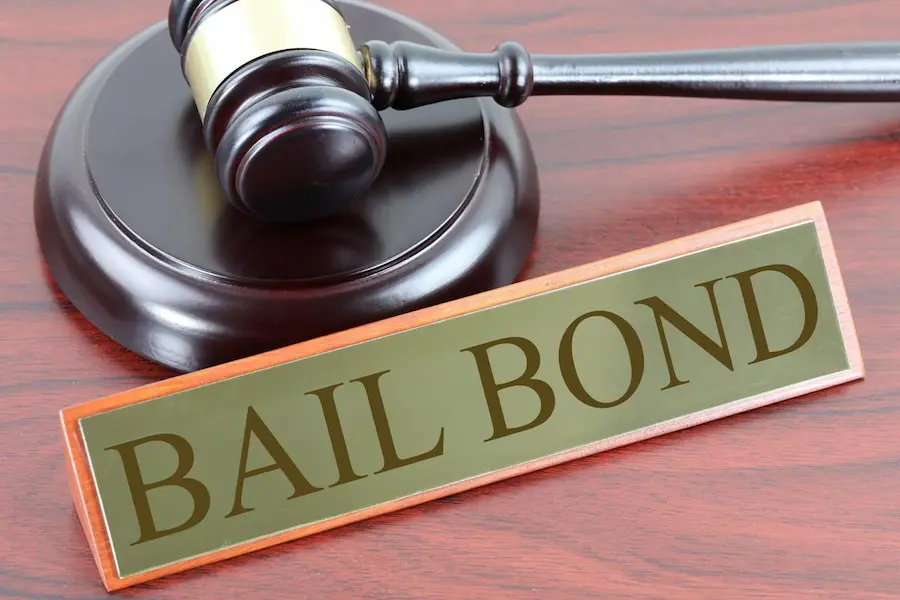

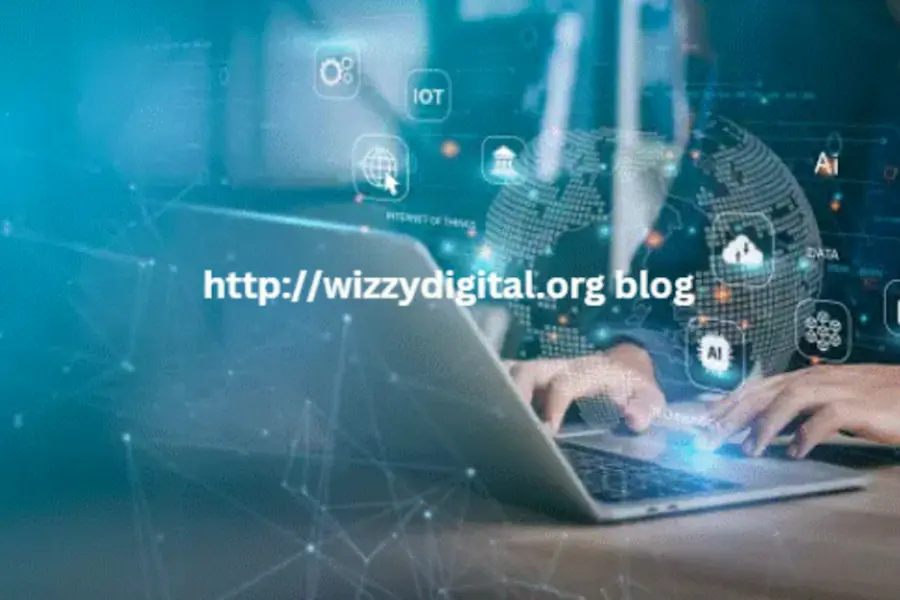


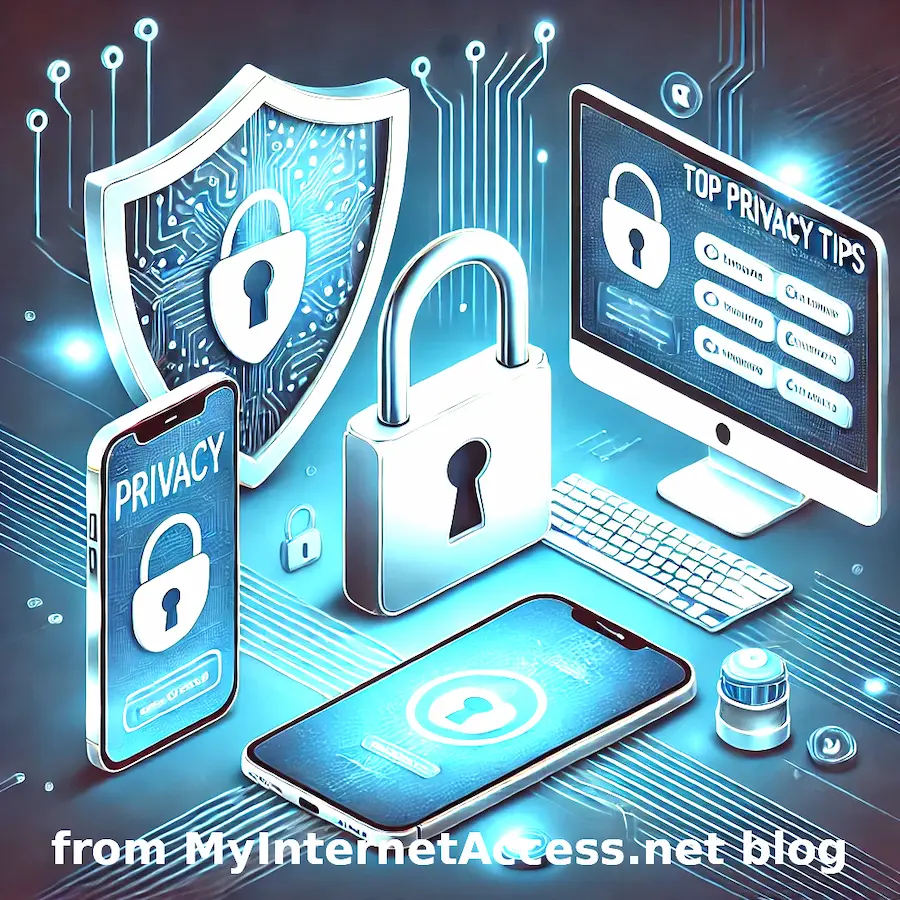








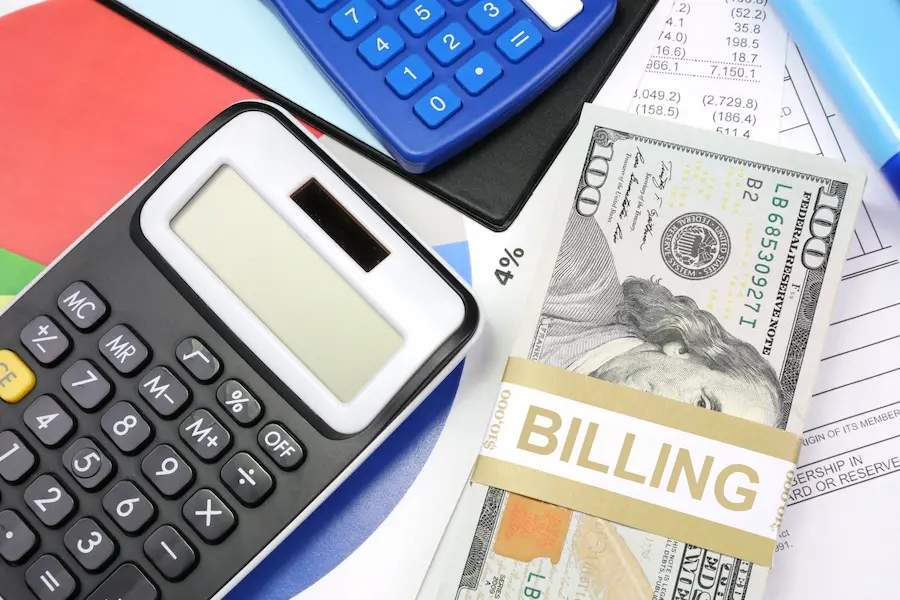


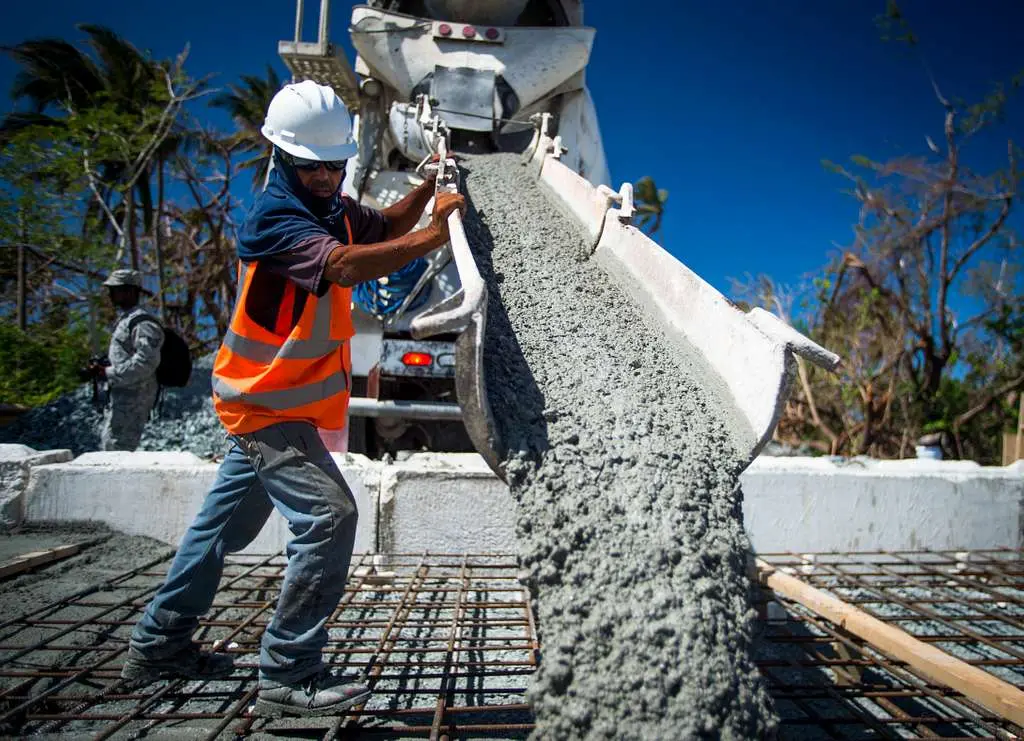

































































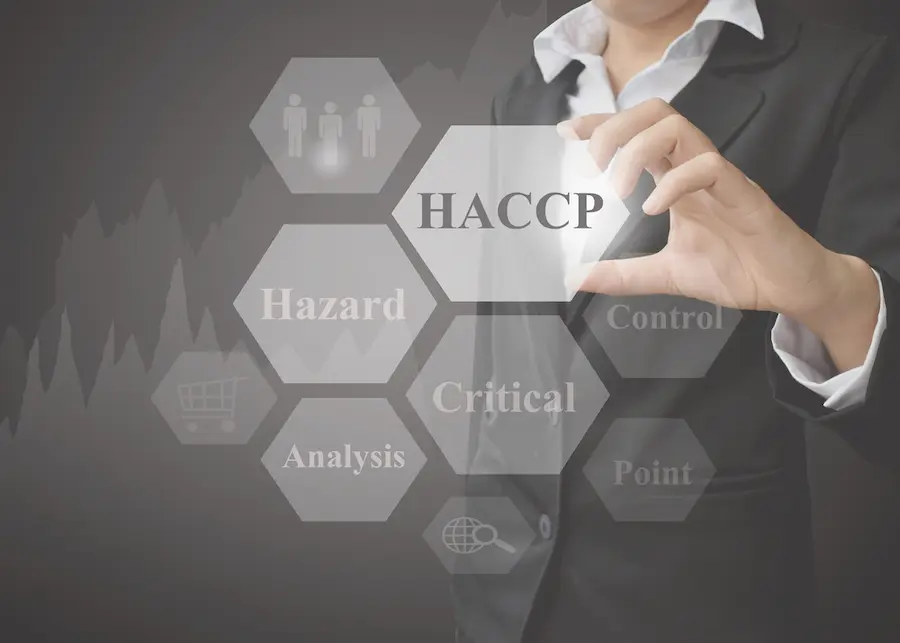









































































































































































































































































































































































































































































































































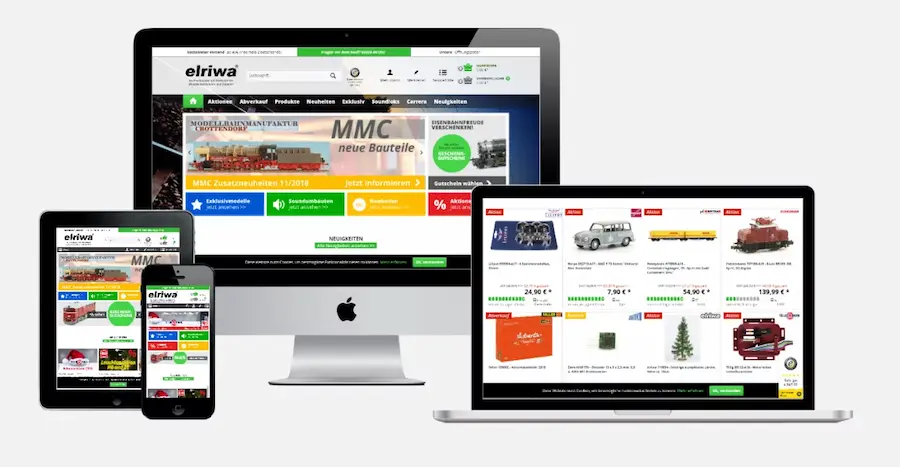














































































































































































































































































































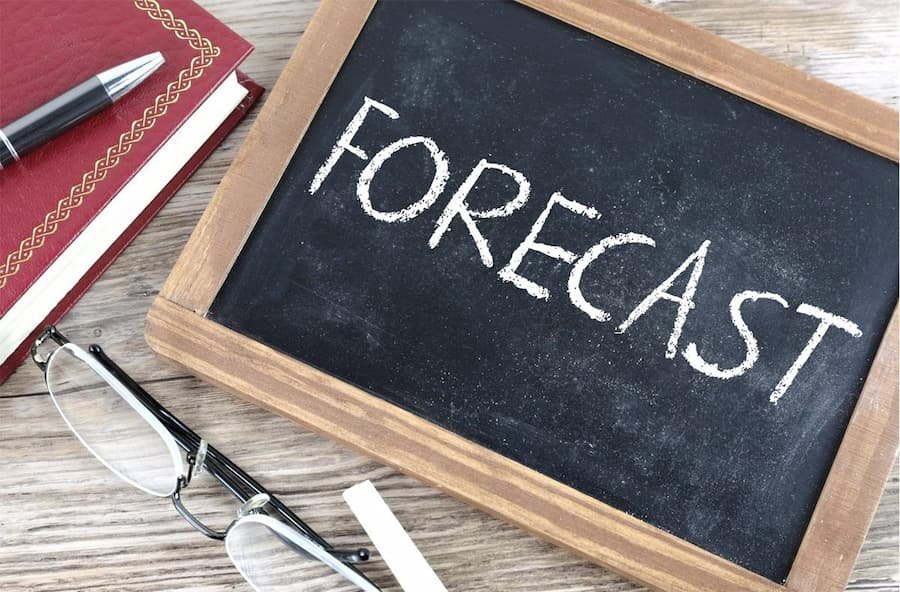
























































































0